What Position Is Safe for Sleeping After Rhinoplasty?
Facial Plastic Surgery
Rhinoplasty is a surgical procedure that involves reshaping the nose. The way patients sleep after rhinoplasty is just as important as the procedure. Sleeping after rhinoplasty can be challenging due to the discomfort and swelling that may occur. Following the surgeon's instructions, such as sleeping on the back with the head elevated, taking pain medication as prescribed, and being patient with the recovery process are all crucial steps to ensure a successful rhinoplasty recovery.
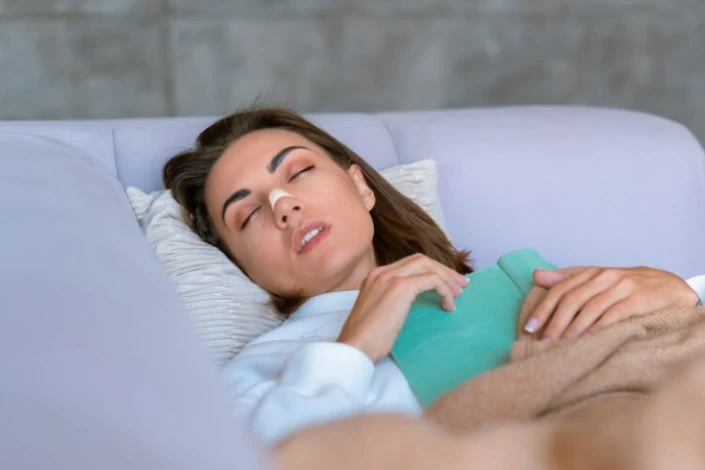
How to Sleep After Rhinoplasty?
Sleeping can help patients heal faster after rhinoplasty. During sleep, the body produces growth hormones essential for tissue repair and regeneration. Adequate sleep also helps reduce inflammation, promotes proper blood circulation, and supports overall recovery.
This article discusses tips that can help promote a more comfortable sleep and optimal healing after the rhinoplasty procedure.
What Are the Safe Positions to Sleep After Nose Surgery?
It is recommended that patients sleep in safe positions that minimize pressure on their nose after nose job surgery. Here are some recommended sleeping positions after nose job:
Avoiding sleeping on the stomach
Sleeping on the stomach should be avoided after rhinoplasty, as it can put direct pressure on the nose and hinder healing.
After rhinoplasty, sleeping on the back with an elevated head on two or three pillows is usually the safest position. This helps reduce swelling and prevents any accidental pressure on the nose.
Using additional pillows for support
Apart from elevating the head, patients can also place additional pillows under the knees or back to provide extra support and ensure a comfortable sleeping position.
Tips for Sleeping After Rhinoplasty
Here are some tips to help you sleep comfortably and avoid having trouble sleeping after rhinoplasty:
Elevate your head
Prop yourself with multiple pillows, or use a wedge pillow to elevate your head while sleeping. This can help reduce swelling and promote better breathing.
Sleep on your back
Try to sleep on your back rather than on your side or stomach. Sleeping on your back can help minimize pressure on your nose and reduce the risk of accidentally bumping it while asleep. Some patients might say, 'I accidentally slept on my side after rhinoplasty,' which can happen, but it's important to make a conscious effort to stay on your back to protect your healing nose."
Avoid sleeping on the side
After rhinoplasty, it's crucial to avoid sleeping on the side after rhinoplasty for the initial 1 to 2 weeks to promote optimal healing and reduce swelling. Sleeping on your back with your head elevated helps minimize swelling and supports the healing of nasal structures better. Opting for the best pillow after rhinoplasty becomes essential during this period. A supportive and comfortable pillow, such as a wedge-shaped or contour pillow, can provide the necessary elevation while ensuring added comfort. This careful choice of pillow not only aids in maintaining the recommended sleeping position but also contributes to a more restful and supportive sleep environment.

Sleep alone
Sleeping alone can help prevent accidental bumps or injuries to the nose while you are still in the early stages of healing.
Use cold compresses
Applying cold compresses to your face before bedtime can help reduce swelling and provide some relief. Wrap a cold pack or a bag of frozen peas in a thin cloth and gently place it on your cheeks or forehead for a few minutes.
Avoid alcohol and sedatives
Avoid consuming alcohol or taking sedatives before bed, as they can interfere with your sleep quality and potentially affect your healing process.
Keep your bedroom cool and well-ventilated
Maintaining a cool and well-ventilated bedroom can help you sleep more comfortably. Use a fan or adjust the temperature to ensure a comfortable sleep environment.
Take pain medication as prescribed
If you're experiencing pain or discomfort affecting your sleep, consult your surgeon about taking pain medication as prescribed. This can help alleviate discomfort and improve your ability to sleep.
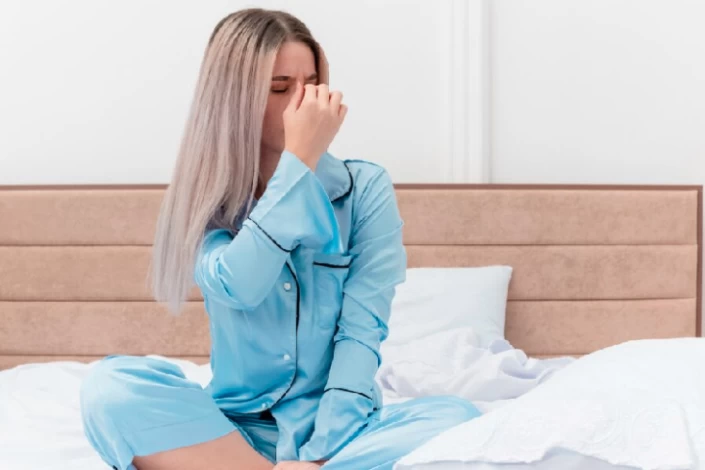
Use nasal strips or saline spray
Nasal strips can help open up your nasal passages, making breathing easier while sleeping. Saline spray can also help keep your nasal passages moist and reduce congestion. Read this article if you have any questions about breathing problems after a nose job.
Avoid strenuous activities before bed
Engaging in strenuous activities or exercise before bed can increase swelling and make sleeping harder. Try to avoid these activities in the hours leading up to bedtime.
Practice relaxation techniques
If you're having trouble falling asleep due to discomfort or anxiety, try practicing relaxation techniques such as deep breathing or meditation. This can help calm your mind and promote better sleep.
Rhinoplasty in Iran
Iran has become a global hub for nose job surgery. The country has a reputation for having highly skilled and well-experienced plastic surgeons in rhinoplasty. It offers affordable prices compared to many other countries, making it an attractive option for international patients.
Iranian surgeons are famous for their meticulous attention to detail and ability to achieve natural-looking results. In addition to the expertise of the surgeons, Iran also has a well-developed medical infrastructure with modern facilities and hospitals that cater to international patients. Many clinics and hospitals in Iran offer comprehensive packages that include transportation, accommodation, and post-operative care.
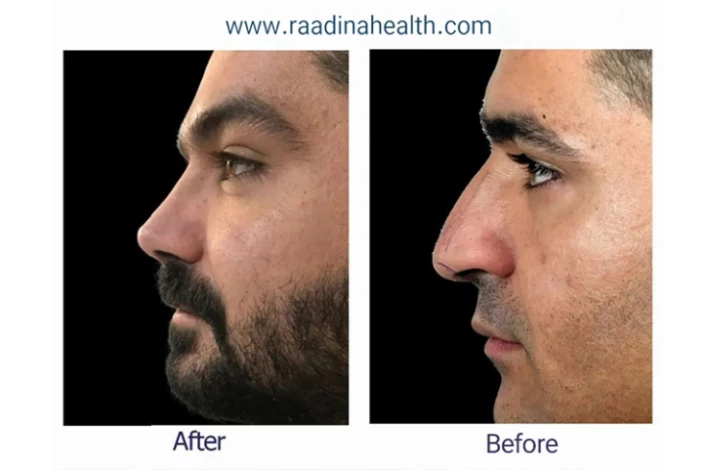
Frequently Asked Questions About Sleeping After Rhinoplasty
How Long Should I Sleep Upright After Rhinoplasty?
The duration patients need to sleep on their backs with their heads elevated after rhinoplasty can vary depending on the surgeon's recommendations and the details of the nose job surgery. However, it is typically advised to sleep with an elevated head for the first 1 to 2 weeks following the procedure.
When Can I Start to Sleep Normally After Rhinoplasty?
Patients can gradually transition to sleeping in a normal position once the surgeon gives them the go-ahead. It is usually after the first two weeks. It is important to listen to the body and adjust for comfort.
Can I Use Pillows to Prop Up My Head While Sleeping After Rhinoplasty?
Yes, using pillows to prop up the head while sleeping can help keep the head elevated and reduce swelling.
What Happens if I Roll Over While Sleeping After Rhinoplasty?
Rolling over while sleeping after rhinoplasty can potentially disrupt the healing process and affect the results of the nose job surgery. Rolling over can put pressure on the nose, causing discomfort, swelling, and potentially even damage to the surgical site. It is important to follow the surgeon's post-operative instructions, which may include sleeping in a specific position and using pillows to support your head and keep it elevated. This will help minimize the risk of complications and ensure optimal healing and results.
Can I Sleep on My Side After Rhinoplasty?
It is generally recommended that patients avoid sleeping on their side for the first two weeks after rhinoplasty as it may cause damage to the nose. Sleeping on the side can add pressure to the nose and lead to nasal congestion.
Can I Take Sleeping Pills to Sleep After Rhinoplasty?
Some sleeping pills can interfere with anesthesia or other medications, which could potentially increase the risk of complications. Therefore, it is important to consult with the surgeon before taking any medication, including sleeping pills, after rhinoplasty.
How Long Should I Sleep Elevated After Rhinoplasty?
Sleeping with your head elevated for about 1 to 2 weeks after rhinoplasty is recommended to minimize swelling and promote proper healing. However, always follow your surgeon's specific post-operative instructions for the best results.
When can I sleep on my side after rhinoplasty?
It's generally recommended to avoid sleeping on your side for at least 1 to 2 weeks after rhinoplasty. Sleeping on your back during this period helps minimize pressure on your nose and reduces the risk of disrupting the healing process. Once your surgeon gives the all-clear, typically after the initial healing phase, you can gradually return to sleeping on your side. Always follow your surgeon's specific advice to ensure optimal recovery.
Can I use a CPAP machine for sleep apnea after rhinoplasty?
If you use a CPAP machine for sleep apnea, consult your surgeon before resuming its use after rhinoplasty. The pressure from the mask on your nose could affect your healing. Your surgeon may recommend alternative options or adjustments to your CPAP setup during the early recovery period.
What should I do if I accidentally sleep on my side after rhinoplasty?
If you accidentally sleep on your side after rhinoplasty, don't panic. Simply return to sleeping on your back as soon as possible. If you notice any unusual swelling, pain, or changes in your nose, contact your surgeon for advice. They can assess whether any issues need to be addressed.
How long should I sleep on my back after rhinoplasty?
A: Most surgeons recommend sleeping on your back with your head elevated for at least 1–2 weeks after rhinoplasty. This helps reduce swelling and prevents accidental pressure on your nose.
When can I safely sleep on my stomach after rhinoplasty?
Sleeping on your stomach should be avoided for at least 4–6 weeks after surgery, as it puts pressure on the healing nose and may affect the final results.
How long do I need to sleep sitting up after rhinoplasty?
Sleeping in a semi-upright position is usually recommended for the first 7–10 days. Once major swelling subsides, you can gradually return to a more comfortable back-sleeping position.




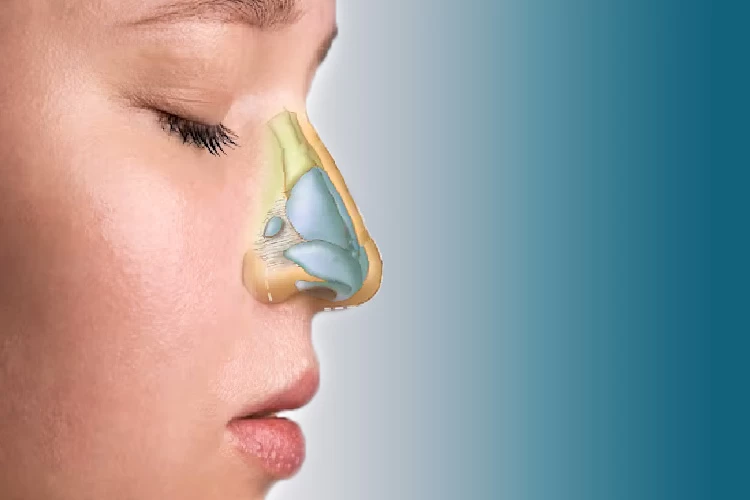
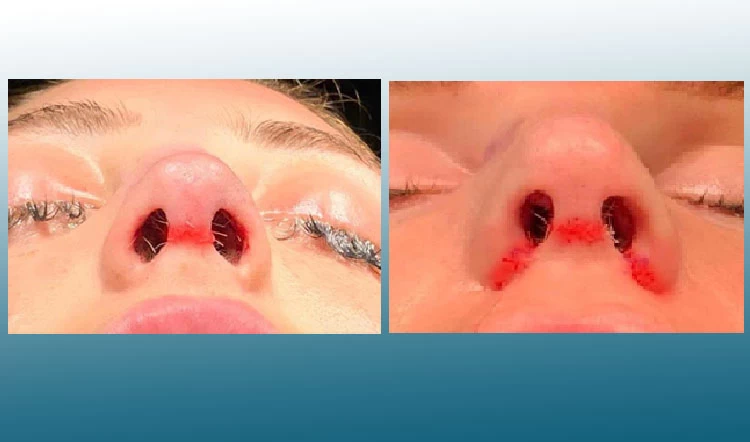

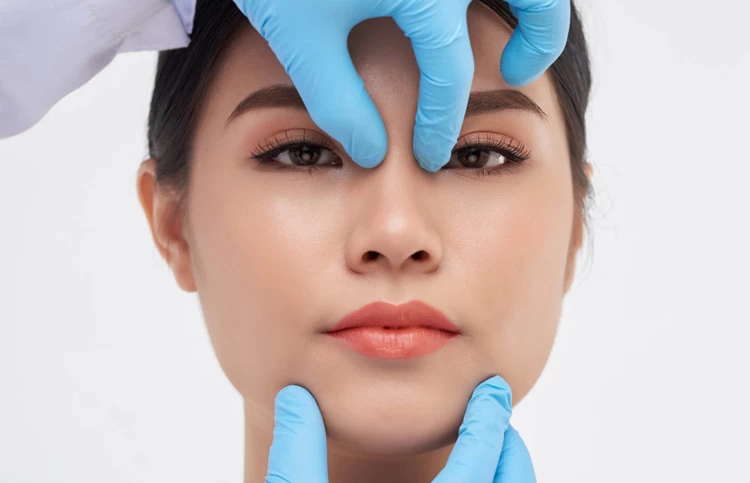
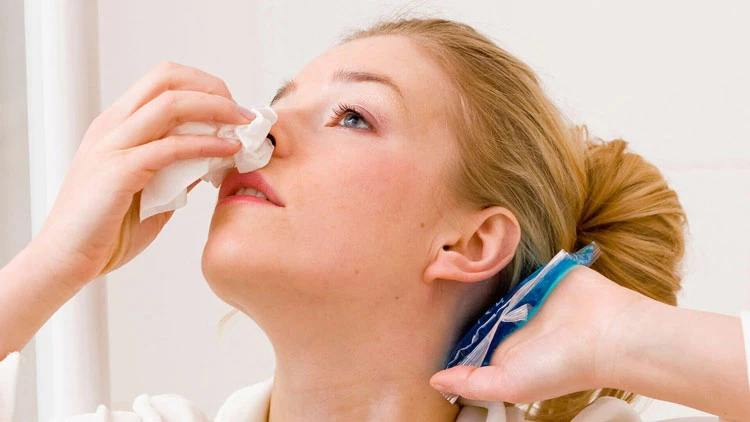


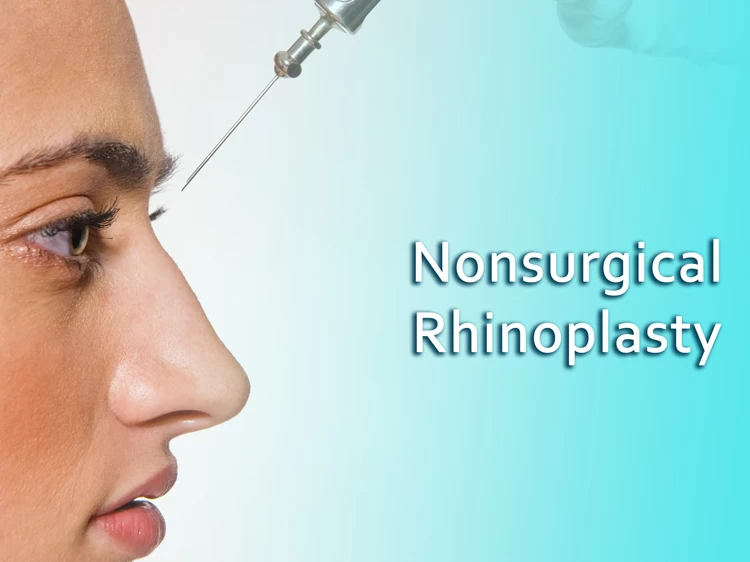
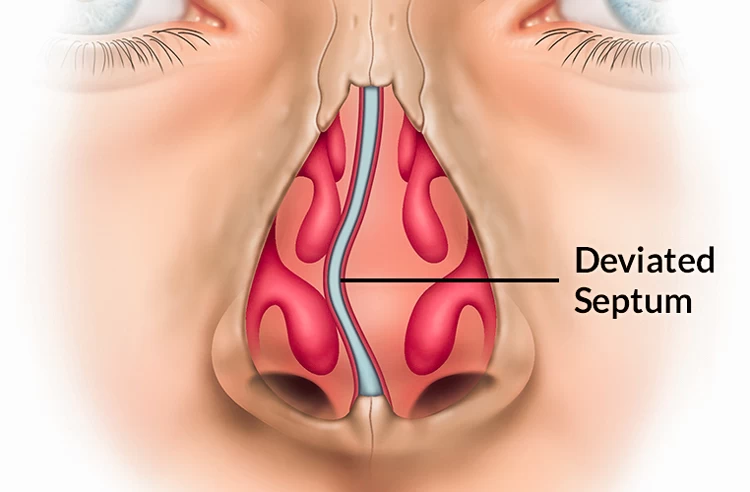
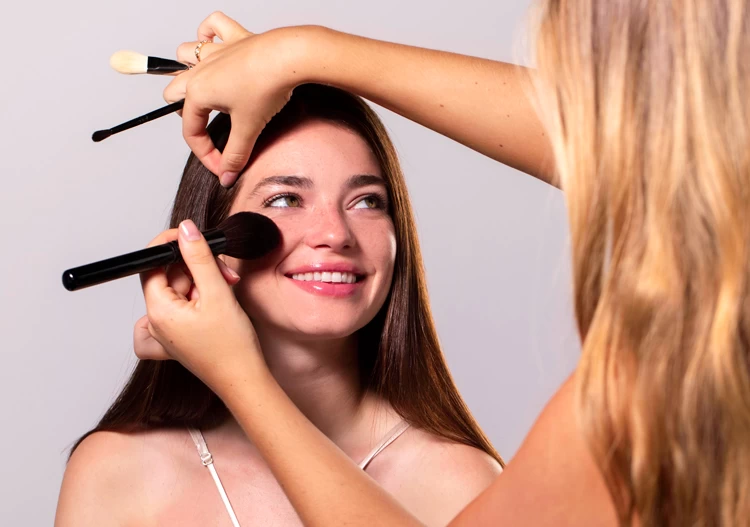
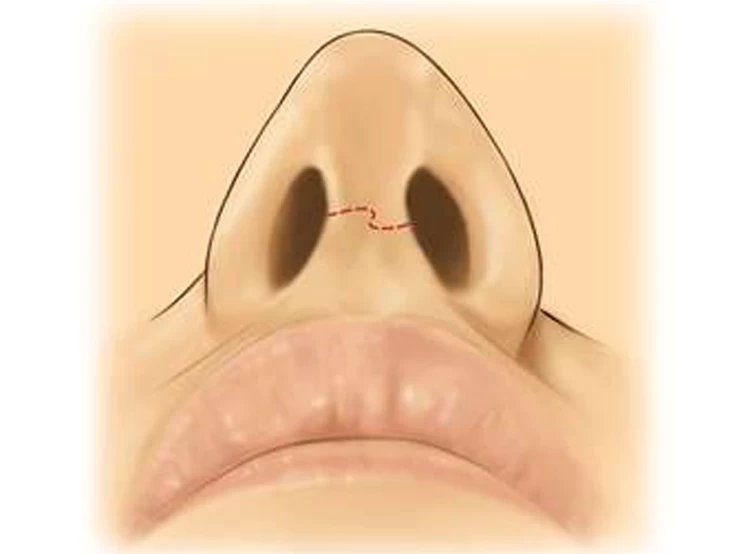
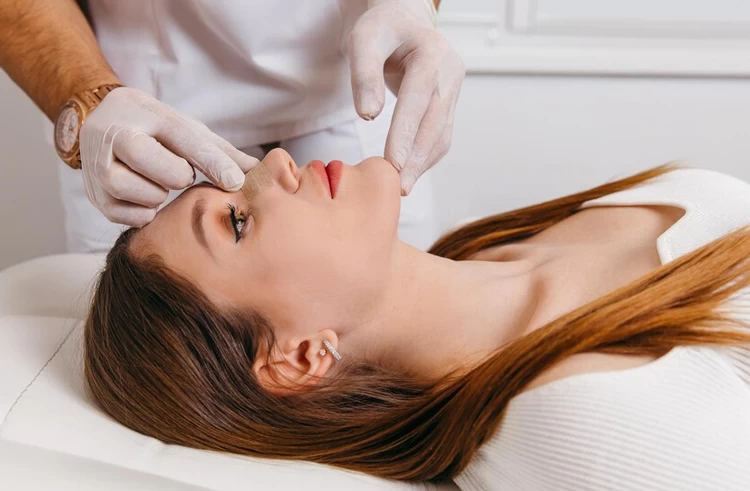

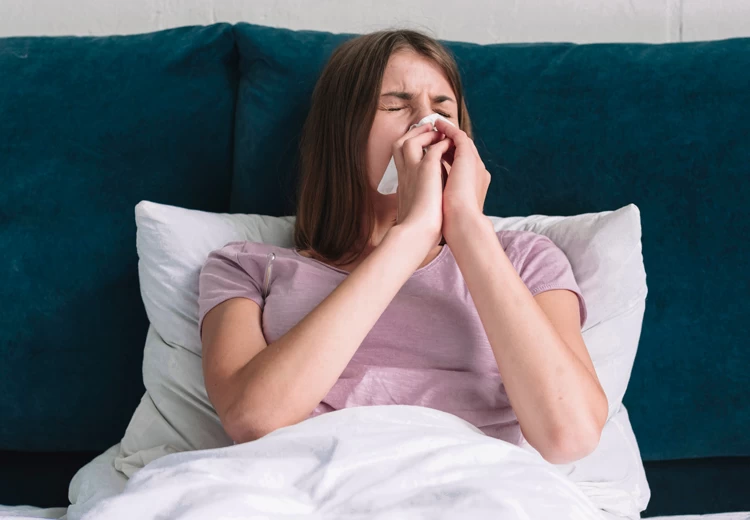
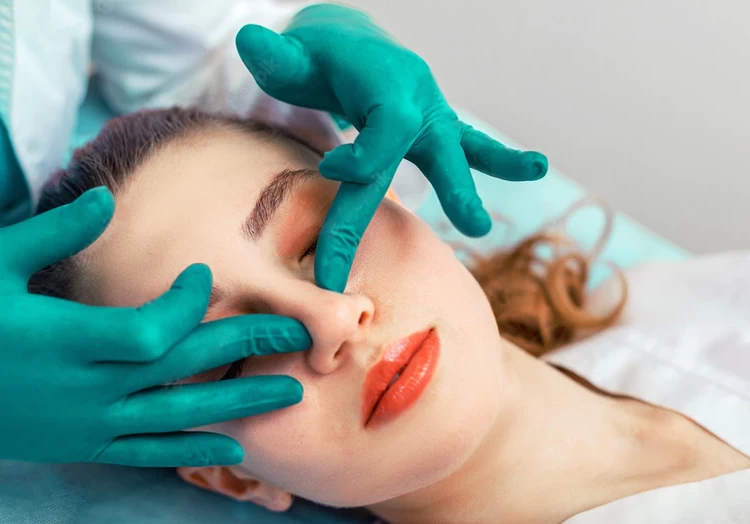
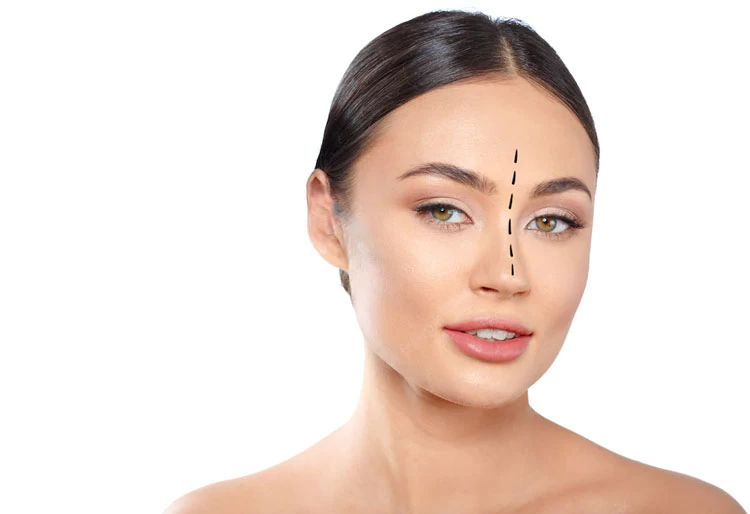


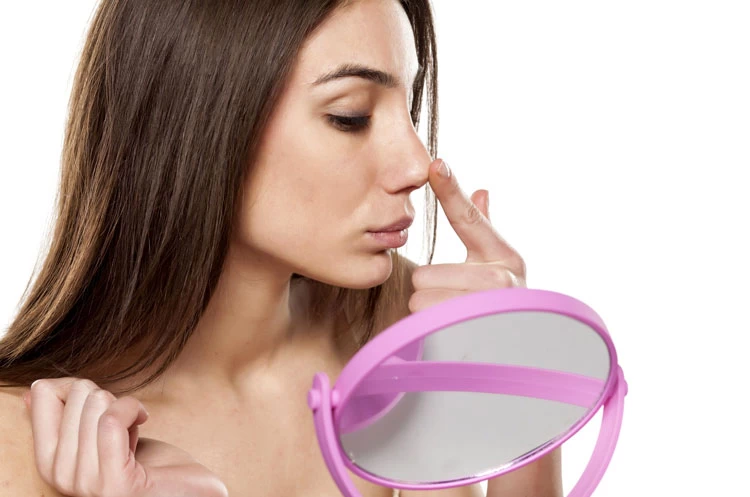
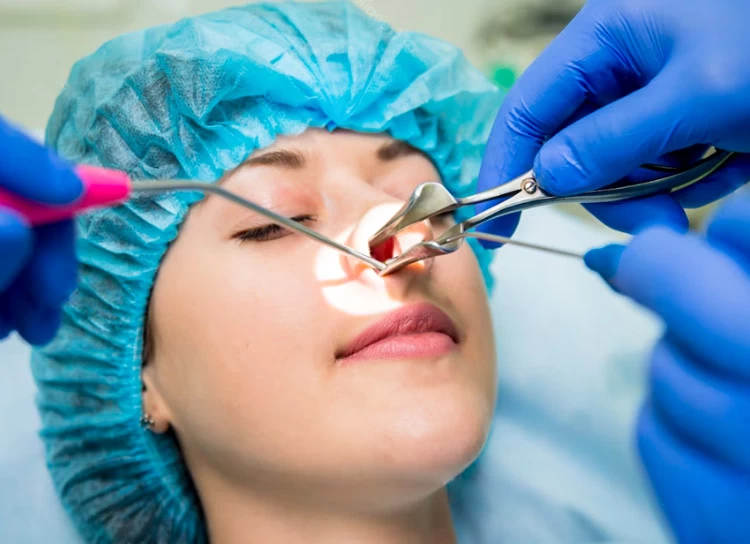

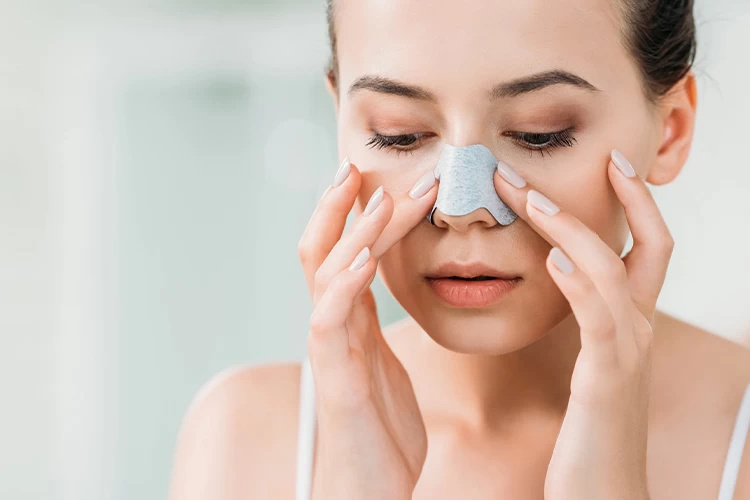
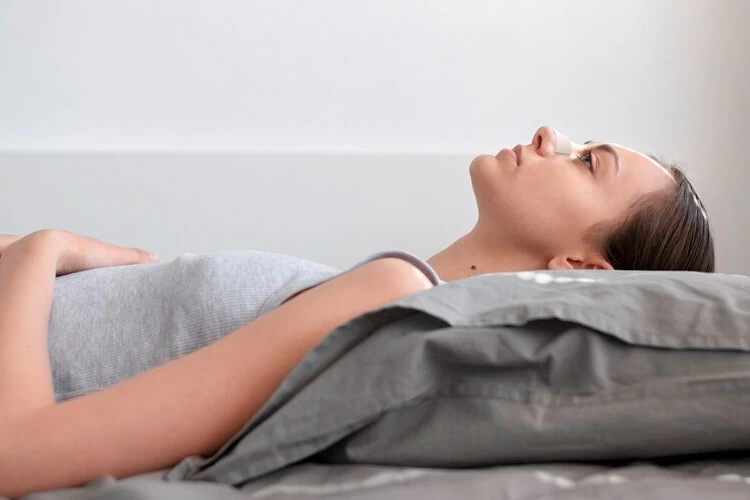

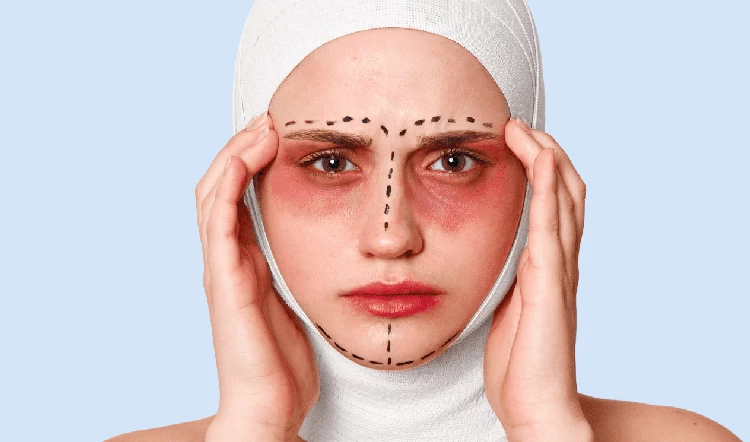
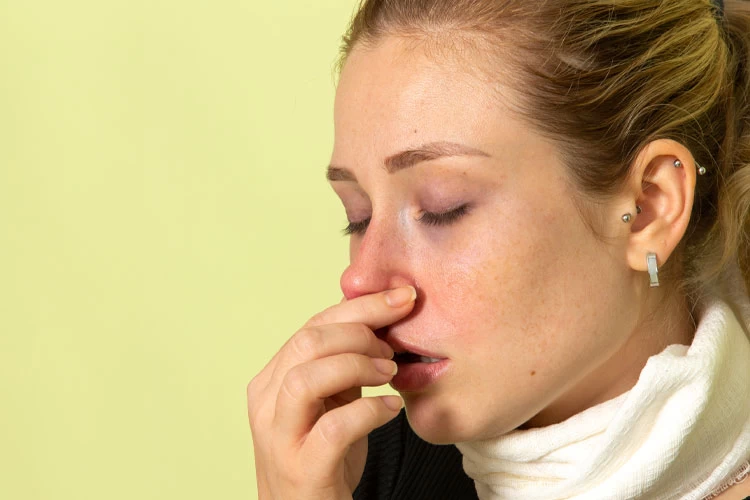
No reviews
Your comment